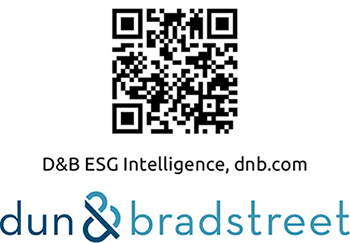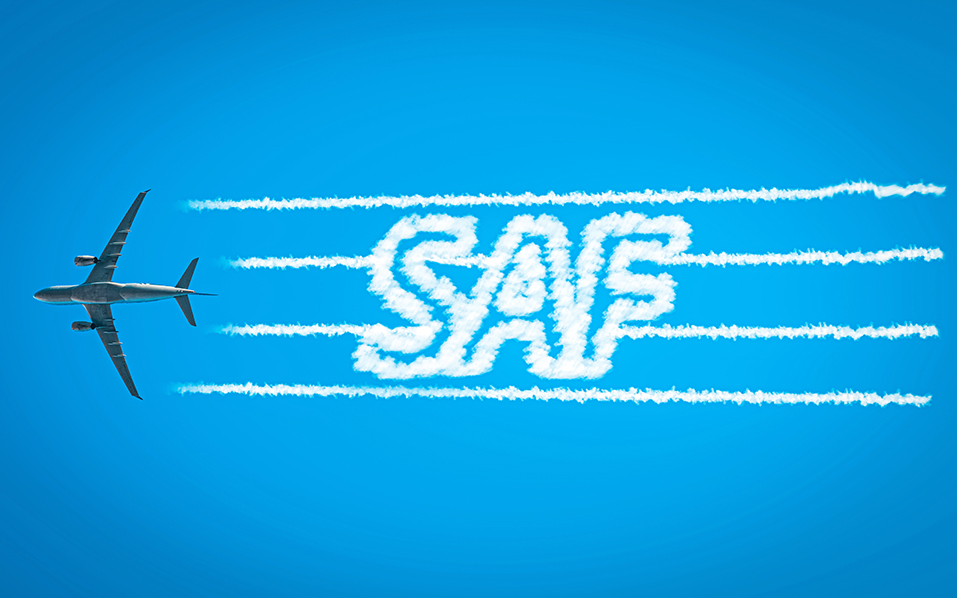Safeguarding Supply Chains: Navigating Global Changes with ESG-compliant Resilience Strategies

Image by d.ee_angelo / Shutterstock.com
The dynamic landscape of trade barriers and heightened regulatory demands necessitates a fundamental realignment of international supply chains. However, the critical question remains: How can we establish robust measures to shield supply chains reliably from potential future shock waves?
European companies are under increasing pressure to seamlessly integrate environmental, social, and governance principles and initiatives into their supply-chain risk management. Over the last two decades, the recognition of ESG as a crucial element in risk management has gained prominence, driven by heightened expectations from customers, investors, employees, and regulatory bodies. By comprehending disruptions linked to ESG within their supply chains and ecosystems, businesses can proactively anticipate challenges and adapt swiftly, thereby enhancing their overall resilience. However, for many companies, accomplishing this objective remains a considerable challenge.
Context: What’s driving ESG into Supply Chain Risk Management?
Pressure from Stakeholders
ESG adoption, initially driven by internal initiatives, is now steered by external stakeholders: B2B customers, investors, and employees. B2B customers demand precise reporting on GHG (greenhouse gas) emissions, human rights risks, and due diligence practices, recognizing sourcing from ESG-conscious suppliers as a strategic move for sustainability.
Investors emphasize the need for accurate ESG data, particularly on Scope 3 emissions, and enhanced risk management practices to facilitate comprehensive portfolio analyses, while employees, notably the younger workforce, champion ethical behavior, environmental and social goals, and the integration of ESG due diligence into supply chains.
This shift towards ESG-conscious practices aligns with the overarching objective of enhancing sustainability and ethical standards, meeting the expectations of diverse stakeholders in the corporate landscape.
Regulatory Drive for ESG Compliance in Europe
ESG regulations in Europe, notably the Corporate Sustainability Reporting Directive (CSRD), are compelling companies to adopt robust accounting practices. The impending Carbon Border Adjustment Mechanism (CBAM) from 2026 urges businesses to enhance climate-data efforts for carbon-intensive imports. Immediate pressures in Germany and Norway enforce stringent supply chain sustainability and due diligence regulations, requiring risk assessments, documentation, reporting, and remedial actions. The regulatory landscape is evolving, and early investments in ESG risk assessment are crucial for companies to navigate challenges, seize opportunities, and maintain a competitive edge.
Enhanced ESG Reporting Standards
One of the critical components of Hungary’s new regulations is the introduction of enhanced ESG reporting standards for corporations. Effective from Jan. 1, 2024, companies operating in Hungary must disclose detailed information about their environmental impact, social initiatives, and corporate governance practices. This transparency not only allows investors to make more informed decisions but also encourages companies to adopt more sustainable business practices to meet regulatory requirements.
How is ESG Risk Managed in the Supply Chain?
For companies producing or distributing physical products, navigating supply chains involves circumventing various potential risks.
When evaluating supplier-associated risks, companies typically follow these steps:
• Due Diligence: Conduct a thorough evaluation and onboarding of new suppliers, assessing various risks and determining the suitability of each entity in the supply chain.
• Risk Profiling: Assign a risk profile to each supplier based on the collected due diligence data.
• Ongoing Mapping: Continuously map the supply chain to identify new vendors and assess potential risks.
• Monitoring and Engagement: Regularly monitor and engage with higher-risk suppliers, addressing issues promptly.
• Technology Implementation: Assess the potential to respond to risk incidents by integrating technology solutions into the supply chain.
Following risk identification and assessment, companies must decide on appropriate courses of action, often led by the procurement department.
Opting for suppliers with robust business continuity and enterprise risk protocols is crucial during category purchasing decisions. Diversification is emphasized to avoid dependence on a single supplier, ensuring alternatives are in place to mitigate disruptions. Companies also maintain critical replacement parts and equipment, practicing stockpiling to ensure operational continuity.
Pooling, such as sharing backup resources with partners or even competitors, becomes a strategic approach. Legal safeguards should be implemented through contracts that offer flexibility to buyers or favor backup suppliers to provide adequate protection. Maintenance agreements with suppliers ensure the guaranteed availability of equipment and infrastructure as needed.
Additionally, companies should address residual risks that cannot be directly resolved by other approaches, contributing to a comprehensive risk management strategy in the supply chain.
Leveraging Dun & Bradstreet for Enhanced Supply Chain Resilience
In pursuing a more resilient supply chain, Dun & Bradstreet provides data-driven insights and tools to fortify business strategies.
Incorporating ESG Data for Enhanced Sustainability
Companies can leverage Dun & Bradstreet’s ESG Ranking to evaluate potential financial risks associated with Environmental, Social, and Governance performance. This tool aids in identifying partners with heightened risks in the supply chain while fostering alignment with companies demonstrating positive ESG practices.
Ensuring Transparency in Supplier Relationships through Compliance Screening
Utilizing Dun & Bradstreet’s compliance screening, organizations can thoroughly examine global companies for negative reporting and associations. By categorizing “high-risk” suppliers and recording pertinent information, companies can effectively mitigate risks associated with illegal or unethical activities.
Diversifying and Strengthening the Supply Chain
Drawing on Dun & Bradstreet’s extensive database, companies gain insights into the risk levels of existing suppliers and identify alternative options. This approach enhances supply chain agility by establishing a diversified pool of potential partners. The integration of these strategies empowers organizations to cultivate a resilient, well-informed, and ethical supply chain.
Conclusion
How to incorporate ESG Risk Management into the Supply Chain
Effective supply chain ESG risk management requires firms to build a solid foundation by prioritizing disclosure and compliance in the initial stages. As matters evolve, integrating ESG into ongoing risk management is crucial, emphasizing tailored assessments for specific ESG issues. Complete visibility into the supply chain is critical, achieved through robust governance practices and comprehensive mapping, enabling effective ESG risk analytics. Leveraging third-party data and technology enhances the robustness of risk management systems, expediting due diligence efforts. Proactive preparedness, facilitated by technology, ensures timely adjustments and alternative supplier identification, fostering business resilience in challenging circumstances.

This article was first published in the Budapest Business Journal print issue of February 9, 2024.
SUPPORT THE BUDAPEST BUSINESS JOURNAL
Producing journalism that is worthy of the name is a costly business. For 27 years, the publishers, editors and reporters of the Budapest Business Journal have striven to bring you business news that works, information that you can trust, that is factual, accurate and presented without fear or favor.
Newspaper organizations across the globe have struggled to find a business model that allows them to continue to excel, without compromising their ability to perform. Most recently, some have experimented with the idea of involving their most important stakeholders, their readers.
We would like to offer that same opportunity to our readers. We would like to invite you to help us deliver the quality business journalism you require. Hit our Support the BBJ button and you can choose the how much and how often you send us your contributions.











